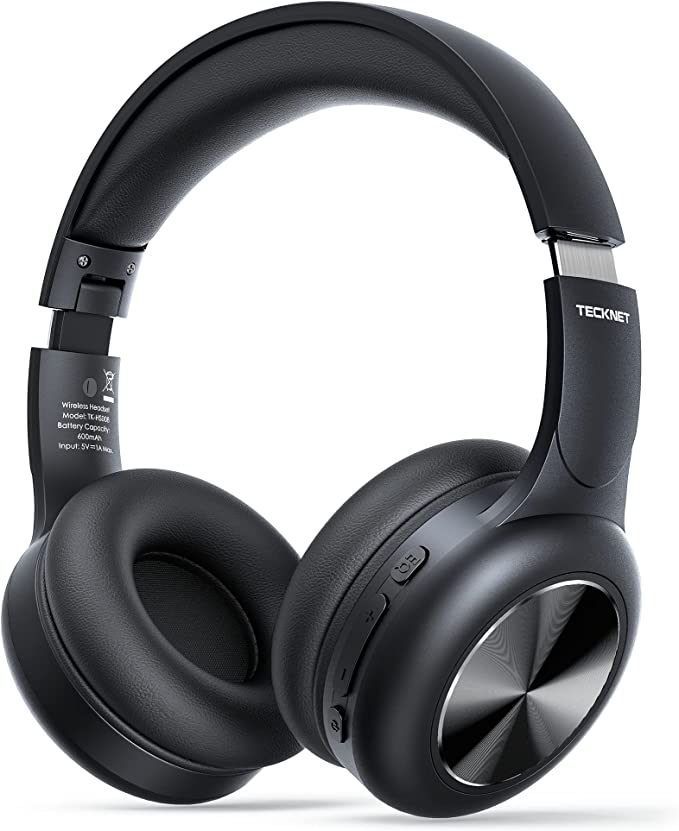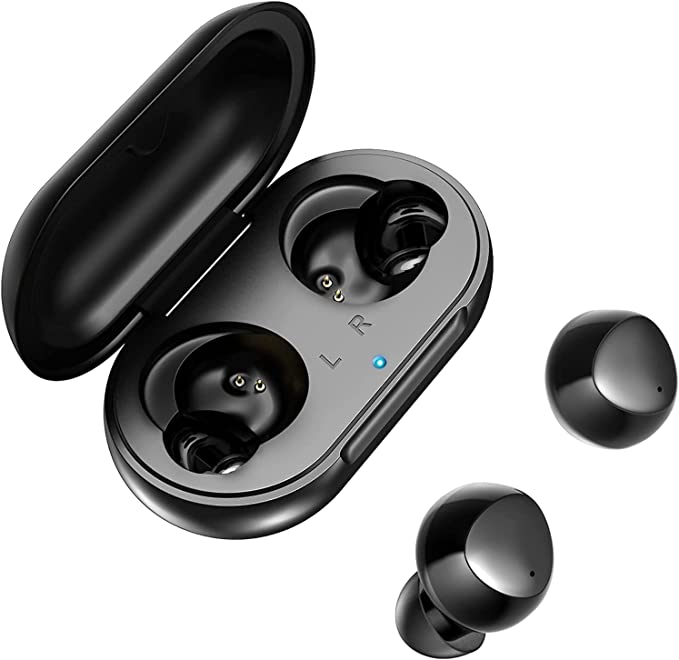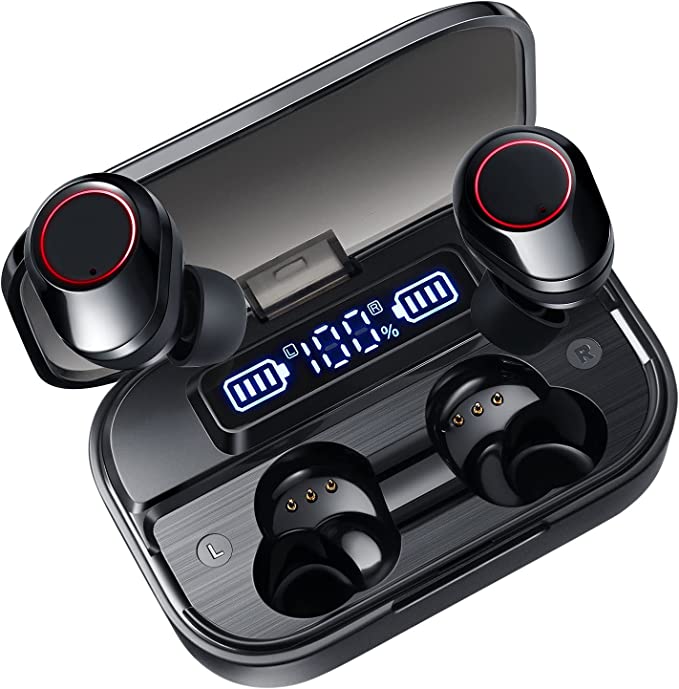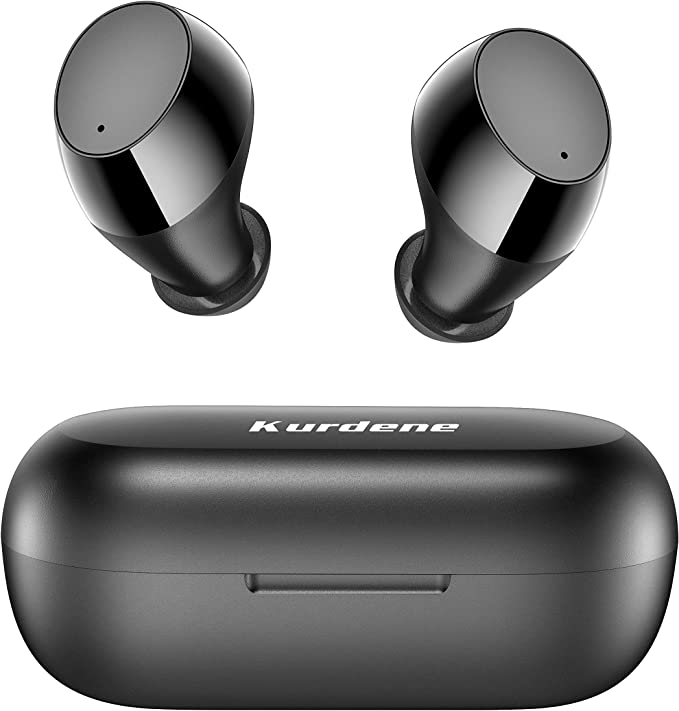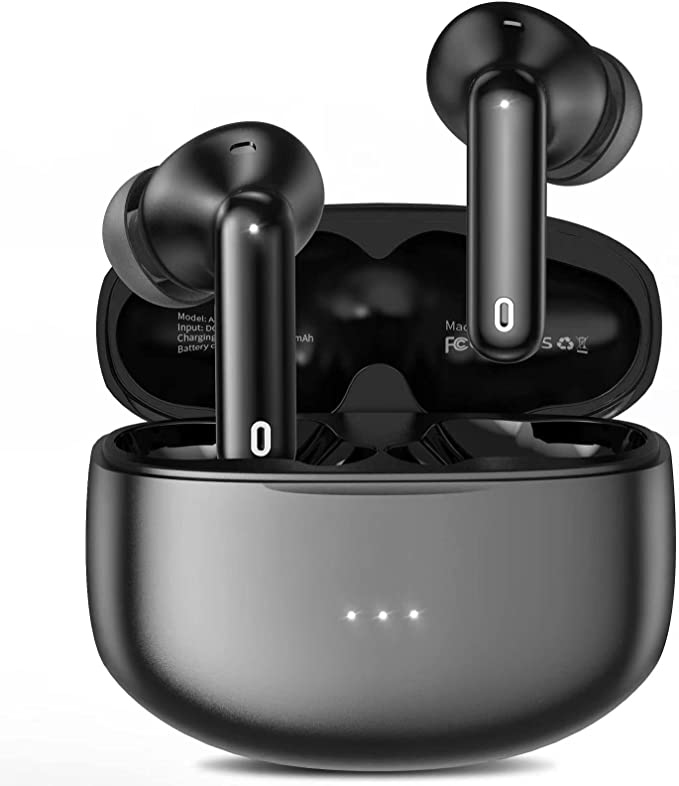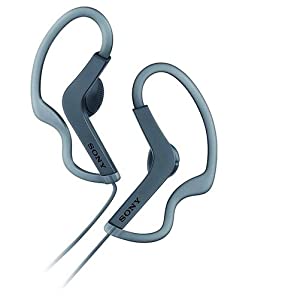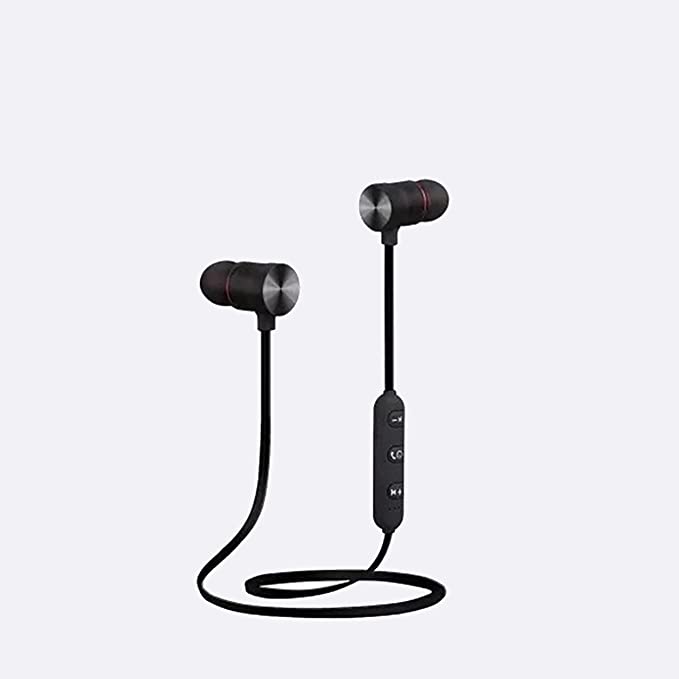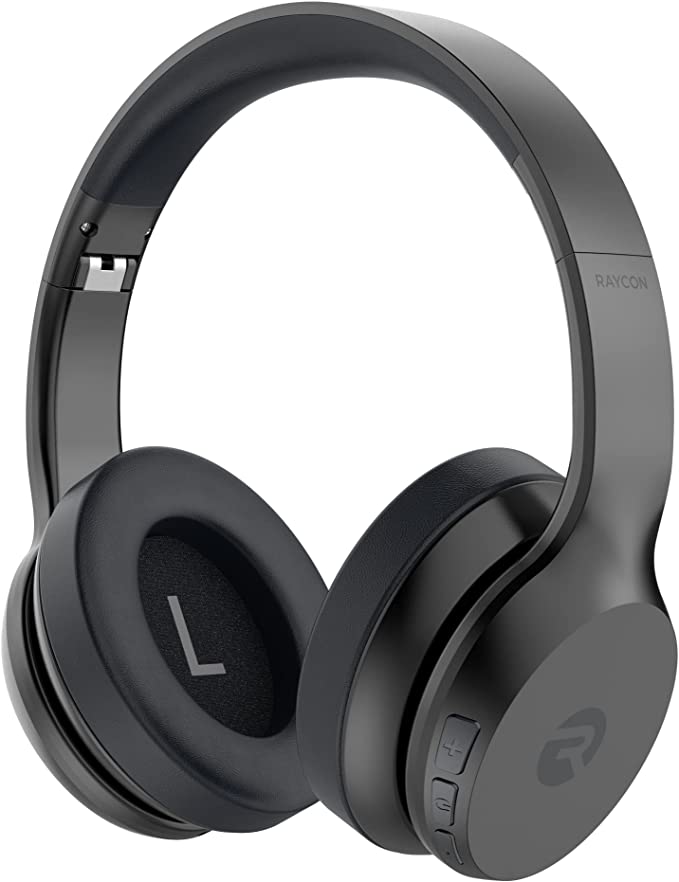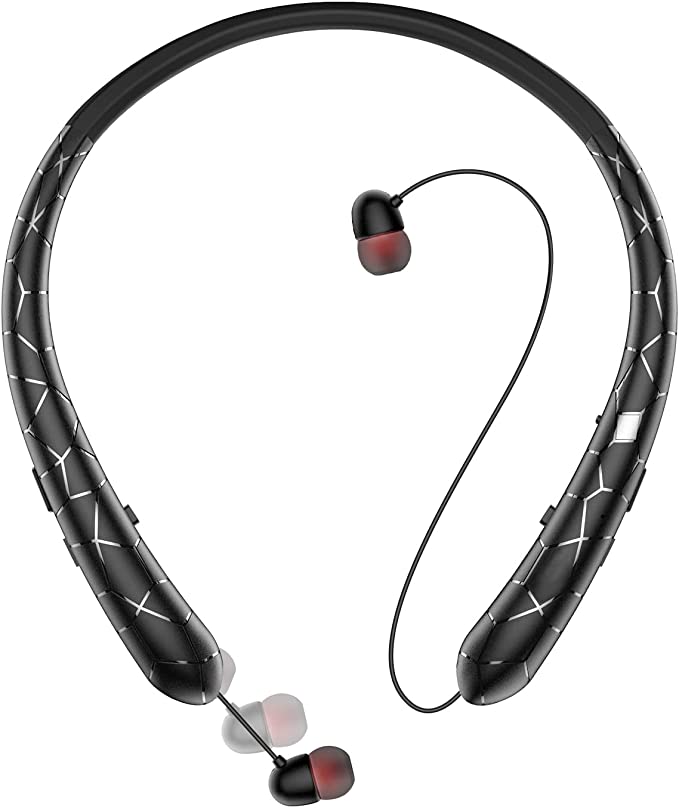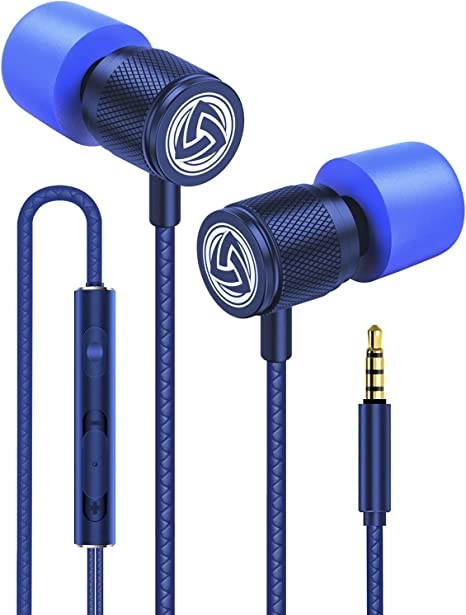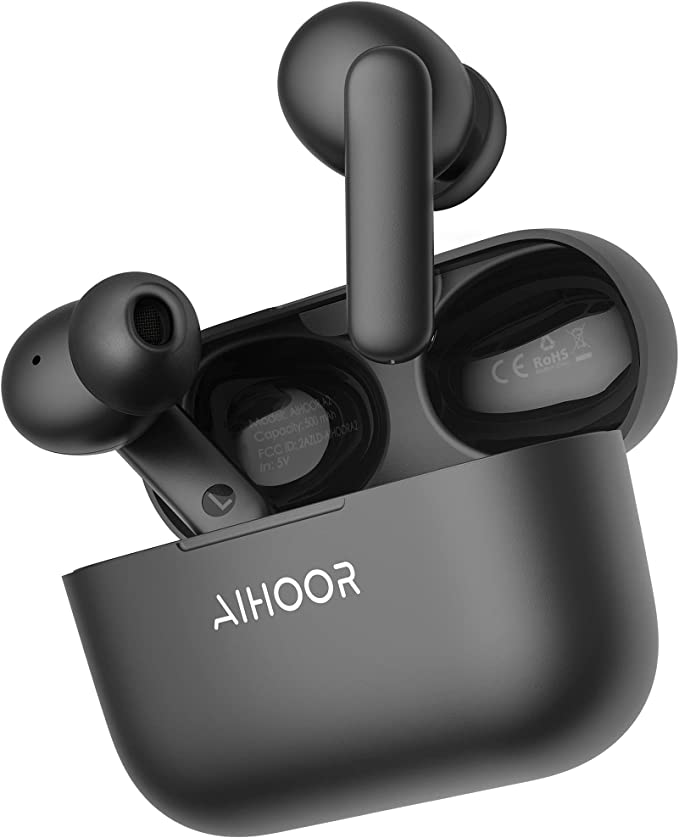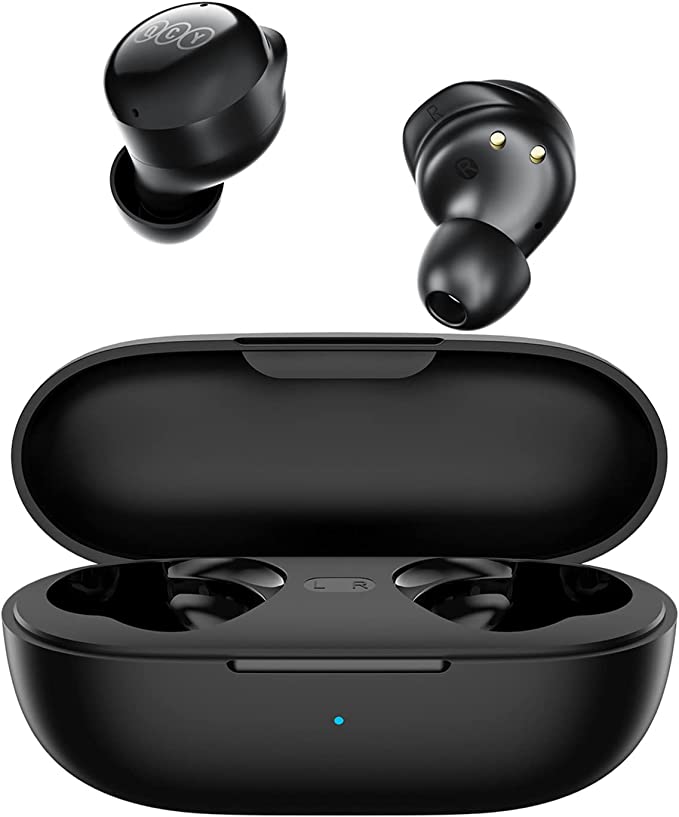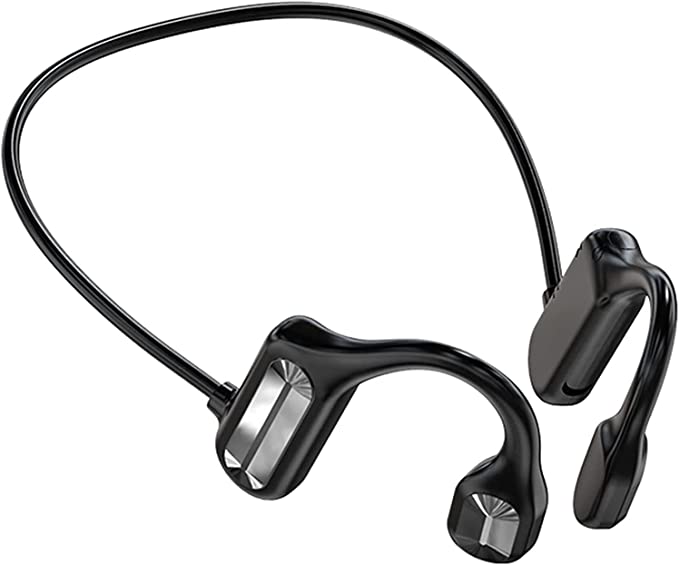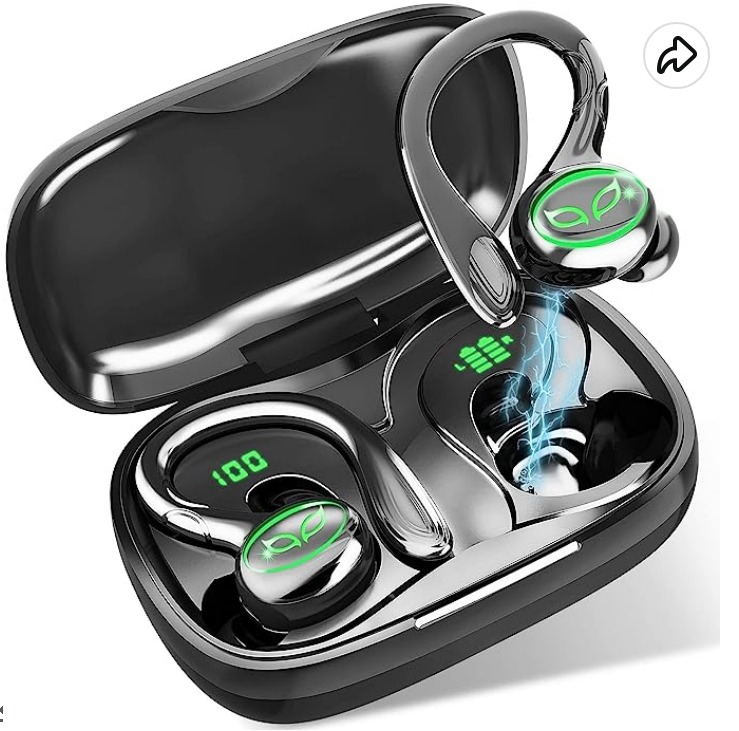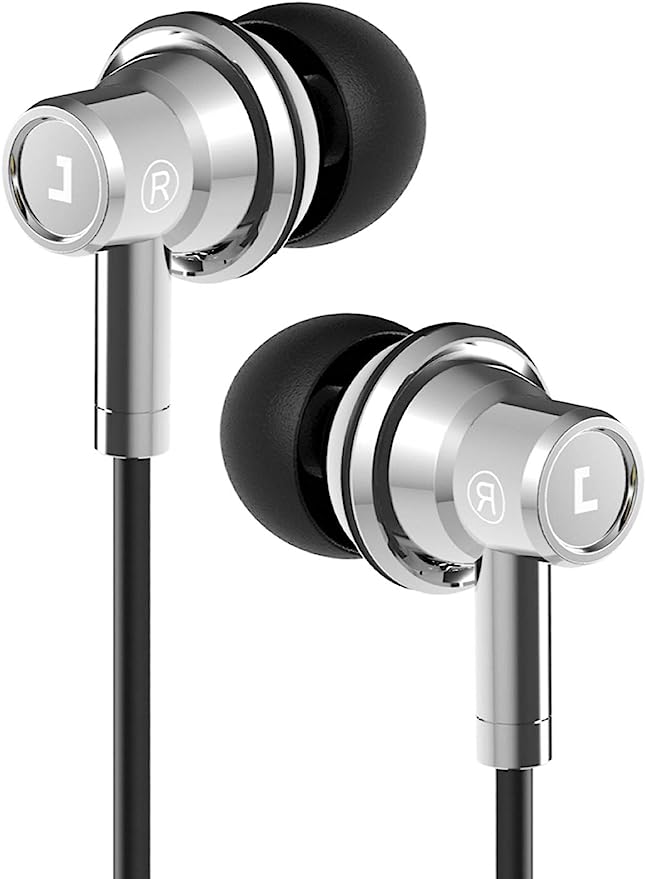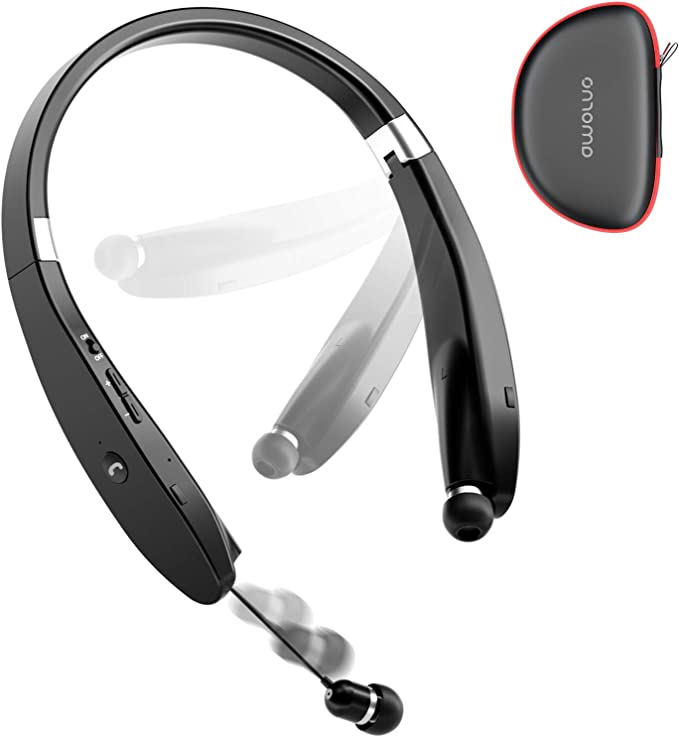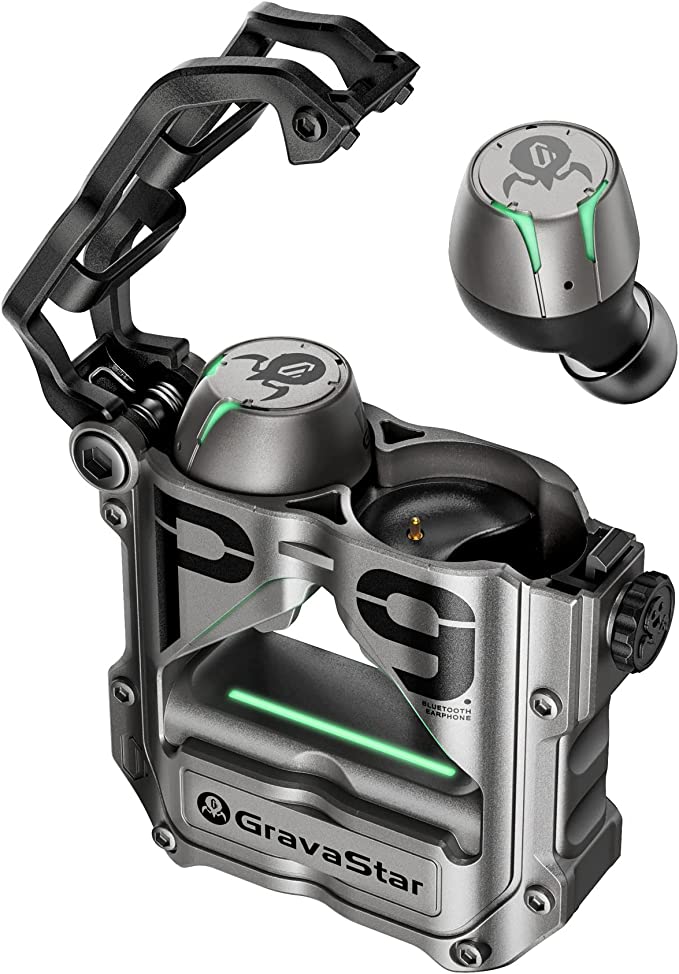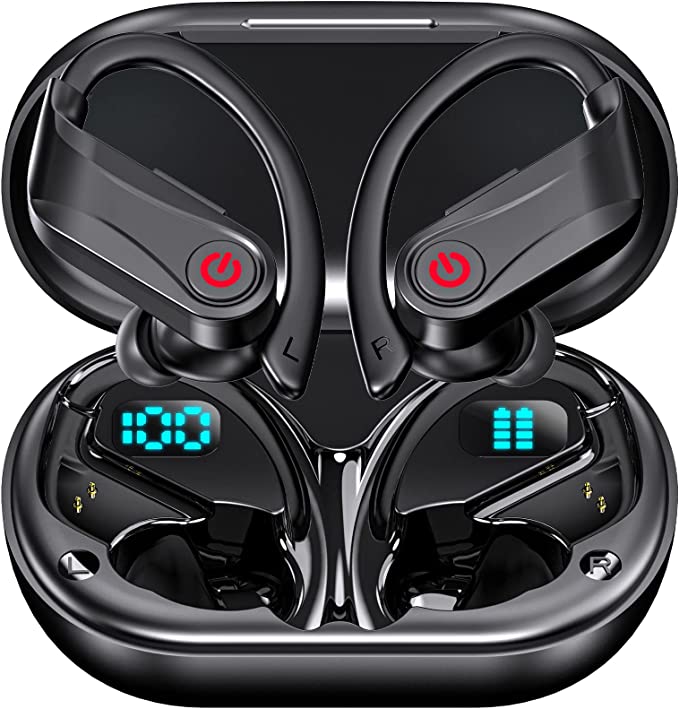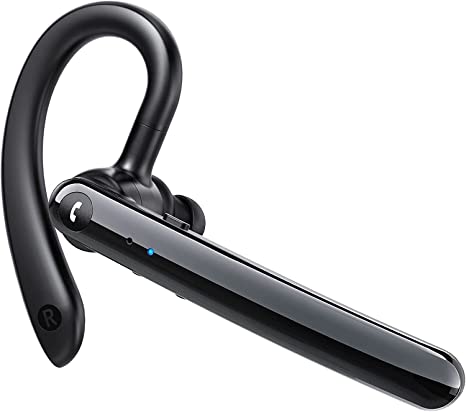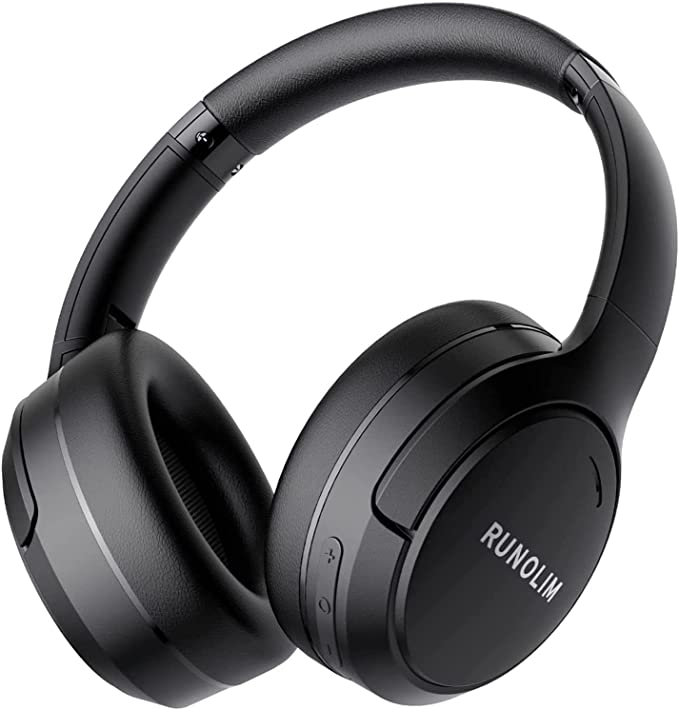Kuizil C16 Wireless Earbuds: Unleash Your Workout with Uninterrupted Sound
Update on Sept. 13, 2025, 9:53 a.m.
We dissect a pair of affordable sports earbuds to reveal the hidden science of stable connections, clear calls, and why your hair can change the volume.
It’s a familiar scene. You’re in the zone, deep into a workout, powered by a playlist that feels like pure adrenaline. Then, it happens. The music stutters, a digital hiccup that shatters your rhythm. An earbud, slick with sweat, tumbles free. You try to skip a track but instead accidentally hang up on an incoming call. These minor frustrations, happening in gyms and on running trails everywhere, aren’t just annoyances. They are windows into a series of monumental engineering challenges.
To the casual eye, a pair of wireless sports earbuds is a simple accessory. But within their tiny plastic shells, a silent, relentless battle is being waged—against interference, against noise, against the laws of physics themselves. To understand this gadget is to appreciate the invisible compromises and brilliant solutions that define modern technology. So, let’s place a typical, unassuming pair of earbuds, like the Kuizil C16, under the microscope and see what they can teach us.

The Unseen Dance: A War Against Silence
The first promise of “wireless” is freedom. But that freedom is conditional, dependent on an invisible conversation happening between your earbuds and your phone. This conversation is Bluetooth, and it’s less like a pristine fiber-optic cable and more like two people trying to talk in the middle of a packed, noisy party.
Every Wi-Fi router, microwave oven, and competing Bluetooth device is shouting in the same frequency band. This is why your audio can suddenly drop out. It’s the digital equivalent of someone walking between you and the person you’re talking to. The job of the Bluetooth chip inside your earbuds is to be an incredibly adept conversationalist, capable of rapidly hopping between frequencies to find a clear channel, a process known as frequency-hopping spread spectrum.
When a product page boasts of “Bluetooth 5.4,” it’s not just a bigger number. It’s an evolution in that conversational skill. While not a revolutionary leap, version 5.4 refines the protocols for lower energy use and more stable connections in crowded environments. It’s like giving the conversationalist a better understanding of the room’s acoustics, allowing it to anticipate interruptions and switch topics (or frequencies) more gracefully. The result is a connection that feels more robust, demanding less power from the tiny battery and, most importantly, failing less often in the middle of your stride.

The Art of Speaking Clearly in a Storm
Perhaps no term in consumer audio is more misunderstood than “Noise Cancellation.” We imagine a perfect bubble of silence. But the technology comes in two fundamentally different flavors, and it’s crucial to know which one you’re getting.
The most famous is Active Noise Cancellation (ANC), a technology for your ears. It uses a microphone to listen to the outside world—the drone of an airplane engine, the hum of an air conditioner—and then generates an opposite sound wave (an “anti-phase” wave) to erase it through destructive interference. It actively creates silence for you, the listener.
But many sports earbuds, especially in the affordable range, employ a different, clever trick called Environmental Noise Cancellation (ENC). This isn’t for you; it’s for the person on the other end of your phone call. Think of it as a sonic spotlight for your voice. ENC uses at least two microphones. One is positioned to capture your voice along with all the surrounding chaos. Another is aimed outward to primarily capture the chaos. A sophisticated algorithm inside the earbud then performs a remarkable act of digital subtraction: it analyzes the ambient noise signature and removes it from the signal picked up by the main microphone, leaving only your purified voice behind. So when you’re taking a call at a bustling coffee shop, ENC is the invisible engineer ensuring your voice cuts through the clatter.

Crafting Sound in a Teardrop-Sized World
How can something that barely fills your ear produce a bassline you can feel in your chest? The answer lies in a miniature marvel of physics: the dynamic driver. It’s a complete speaker system—magnet, voice coil, and diaphragm—shrunk to the size of a fingernail.
When a product mentions a “13mm driver,” that diameter is significant. In the constrained world of earbuds, that’s a relatively large surface area. Just as a bigger drum can produce a deeper sound, a larger diaphragm can move more air, which is essential for creating low-frequency sound waves that we perceive as bass.
But size isn’t everything. The material of the diaphragm is just as critical. The C16 uses “double-layer composite diaphragms.” This isn’t just marketing fluff. A perfect diaphragm needs to be incredibly rigid (so it doesn’t deform and distort the sound) yet feather-light (so it can vibrate thousands of times per second with precision). A single material rarely excels at both. By bonding two different materials, engineers can create a composite that has the stiffness of one layer and the lightness and damping properties of another. It’s like building a high-performance trampoline that can respond instantly without any lingering wobble, resulting in sound that is not just powerful, but also clear and detailed across the entire spectrum.

The Ghost in the Machine: The Blessing and Curse of Touch
The disappearance of physical buttons in favor of sleek, touch-sensitive surfaces represents a peak of minimalist design. It also represents one of the most frustrating user experiences in modern tech. As one user noted, “my hair can turn down the volume.” This isn’t a faulty product; it’s a fundamental conflict in physics and design.
These “Smart Touch” controls work on a principle called capacitance. Your body is a natural conductor, holding a small electrical charge. The sensor in the earbud projects a tiny, invisible electric field. When your finger gets close, it disrupts this field, changing the capacitance, which the device registers as a “touch.” It’s an elegant, solid-state solution with no moving parts to break or let water in.
The problem? The sensor isn’t very smart. It’s simply looking for a change in its electric field. And unfortunately, a sweaty strand of hair, a rolling drop of rain, or the fabric of a winter hat can all conduct enough electricity to fool the sensor into thinking it’s been touched. Engineers are in a constant battle to tune the sensitivity. Too low, and taps won’t register. Too high, and you get phantom commands. This is the quintessential engineering trade-off, a difficult choice between aesthetic perfection and real-world reliability, played out on the side of your head.
The Armor We Don’t See
Finally, there is the promise of durability, often summed up by a code like “IP7 Waterproof.” This isn’t a vague claim; it’s a specific, verifiable standard from the International Electrotechnical Commission (IEC). The ‘IP’ stands for Ingress Protection, and the second number rates its defense against liquids.
A ‘7’ rating means the device has survived being fully submerged in up to one meter of fresh, still water for 30 minutes under laboratory conditions. This is the armor that gives you peace of mind to sweat profusely or get caught in a downpour. The engineering to achieve this involves meticulous design: tight seams, rubber gaskets, and sometimes even nano-coatings on the internal components. But it’s crucial to understand the limits of this armor. The IP rating doesn’t account for the pressure of a running faucet, the corrosive nature of saltwater, or the steam of a hot shower. It’s a shield, not an invincibility cloak.
The Thirty-Dollar Miracle
Pulling back the curtain reveals that even an affordable piece of technology is a marvel of condensed science. The stable connection, the clear calls, the powerful sound, the intuitive-yet-flawed controls, and the resilient build are not just features on a box. They are the hard-won results of decades of research in radio physics, acoustics, signal processing, and material science.
They also represent a series of deliberate, difficult compromises made to balance cost, performance, and usability. The next time you pop in your earbuds to escape into your own world, take a moment to appreciate the invisible symphony of engineering that has to perform flawlessly, just so you can listen to your favorite song. In our modern world, that might just be the most common, and most overlooked, miracle of all.




